What is Astronomy like in Different Cultures?
Dakota Baker, Ryan Barton, Monique Bolwe, Aisha Parven, Magali Piche Benard & Rion Punk
What has Astronomy been Like?
The study of astronomy has been around for thousands of years. Not every country, continent, or person observes the same night sky as others do; therefore, their study of astronomy is different. There are many cultures around the globe that have different beliefs, stories, and myths about astronomy. Over the years, these understandings have been retold and passed down. These different understandings may not be relevant to today’s study of astronomy, but it has shaped the history of astronomy. Specifically, we will be looking into different cultures from continents from around the world, including North America, South America, Asia, Africa, Australasia, and Europe. Within these hemispheres, we will be focusing on the following cultures: Inca, Greek, Roman, Egyptian, Canadian Indigenous, Indian (Hinduism), Chaco, Dieri, and Ngarrindjeri/ Maori. The purpose of this study is to convey the cultures and how humans navigated the night sky throughout human history. According to Stavinschi, a PhD at the Astronomical Institute of the Romanian Academy argues, it is important to acknowledge that multiple cultures experience and understand astronomy to be more than a science because astronomy can be linked with other domains of knowledge. 1 How did other cultures experience or understand astronomy differently and similarly to one another. How do these different cultures from around the world compare to modern-day understandings or experiences? The motivation behind this topic is to understand and acknowledge how cultures from these hemispheres come up with renown experimental observations of the night sky through their beliefs and theories. Also, Holbrook with a PhD from the University of Western Cape argues that people from different cultures use the sky with religion, agricultural timings, environmental adaptation, sociopolitical structures and survival. 2

Figure 1.0. NASA’s Best Earth-from-Space. Credited by: https://www.space.com/39234-best-astronaut-earth-from-space-photos-2017.html
Inca Astronomy
The Incas had extremely detailed information on astronomy but as well as on calendars, once conquered, they left behind architectural marvels: shrines (Huacas), ceremonial platforms (Ushnus), multiple caves and temples – to which many tourists may visit.19
The purpose of the shrines, ceremonial platforms, and temples, had more than religions and housing aspects, a few were purely religion or festivity based, but the vast majority have helped with solar orientation.19 All solar orientations that the empire found allowed for detailed observations and what we consider now yearly or periodic findings.
What’s especially eye-catching is when standing from the Sun Temple at Llactappa, the River and Machu Picchu temples are seen as well as on the June sunrise solstice, the Pleiades star grouping is visible coming out from behind the sun.19
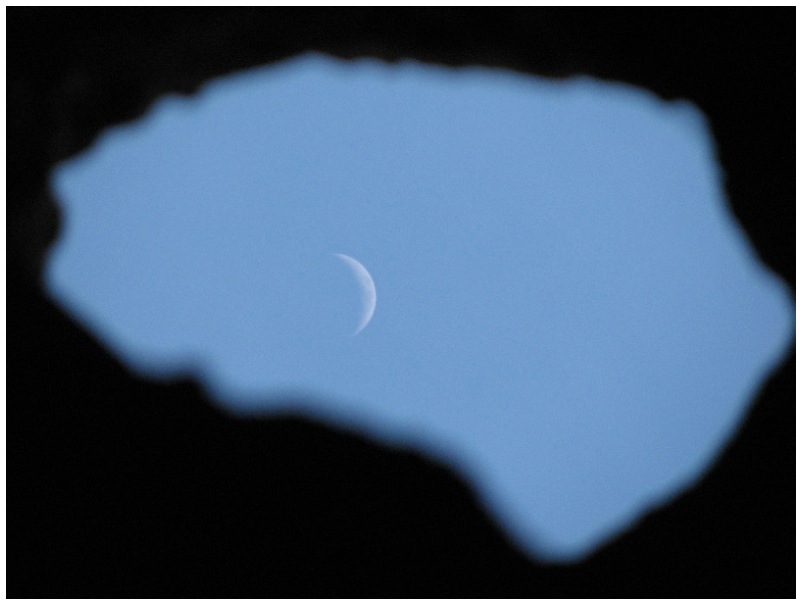
Figure 1. Crescent Moon at Lacco. Credited by: http://journalofcosmology.com/AncientAstronomy104.html
The Inca Empire used their architectural monuments to make up a calendar, they would plant their first seeds in august based on the moon’s cycles, they would re-adjust according to their seasonal activities.20 Their yearly calendar was mainly constructed around the moons’ cycle, which accounted for 328 days out of our current 365 days.20
North America Astronomy
One of the greatest spectacles of North American astronomy history is a sacred site known as Chaco Canyon. Estimated to have been built in 800 A.D and continued to be inhabited until an estimated 300 years later, when the people suddenly vanished. When they vanished, they left behind a plethora of astounding monuments and architecture, the Puebloan people had demonstrated a comprehensive understanding of astronomy, as well as architecture that has not been previously seen in these areas of civilizations during this period. The mystery of Chaco Canyon continues to circulate academic arenas into our current age.

Figure 8. Perfect Alignment. Credited by: http://journalofcosmology.com/AncientAstronomy104.html
Using masonic techniques never previously seen in the region, over 150 “great houses” had been constructed, making Chaco Canyon the economic center of the region.6 The true heart of the civilization centered around the ceremony. The ceremony often focused around our astral markers throughout the year. During the 800s, the great houses titled; Pueblo Bonito, Una Vida, and Peñasco Blanco, Hungo Pavi, Chetro Ketl, Pueblo Alto were constructed to assist with astronomical wonders.

Figure 9. Chaco Canyon. Credited by: https://www.theguardian.com/environment/2017/nov/08/chaco-canyon-national-park-new-mexico-drilling
The Chaco elites would gather during the solstices and use the alignments of their monuments to prove their connection to the divine and inspire the culture to progress.7 Chaco Canyon demonstrates one of the most sophisticated, advanced systems of astronomy as well as other functioning systems prevalent in the period for the region, it is still a partial mystery as to how this was accomplished.8
Northern Lights
The Northern Lights are a sight that has inspired people and cultures for thousands of years, spawning myths and legends in cultures across the world. While we would expect those nations who can natively see the Northern Lights would have them ingrained in their mythology, we think it’s also interesting to see what myths occur in countries that only ever see the lights in the most extreme of circumstances.
Aurora Borealis is derived from the Greek words “Aurora” meaning “sunrise” and “Boreas” meaning “wind”. The Greeks held that Aurora was the sister of Helios and Selene, the sun and moon respectively and that she raced across the early morning sky in her multi-colored chariot to alert her siblings to the dawning of a new day. The Romans also associated the Northern Lights with a new day believing them to be Aurora, the goddess of dawn.
To be able to see the Northern lights over southern Europe is rare and was enough to scare the population living there. This is where the myths come in. The Greeks believed that the northern lights are the sister to the sun and moon. She was to alert her siblings of a new day.

Figure 2. Chasing the Northern Lights. Jeana Coleman. Credited by: https://europe.stripes.com/travel/chasing-northern-lights
The Southern Lights
The Southern lights of Aurora or also known as Aurora Australis are mysterious and unpredictable displays of light in the night sky.10 The Indigenous peoples of Australia are the first peoples to witness the existence of the earth’s formation including the Aurora lights in the sky.11 According to professor Hamacher from the University of Melbourne, Western Science and Indigenous knowledge systems are quite different when it comes to their scientific methods to determine the existence of the Aurora and how it came to be.11 Aurora (or Aurorae) is significant in Australian Indigenous astronomical traditions.11 Indigenous peoples associate the Aurora with fire, death, blood, and omens, sharing many similarities with Native American communities.11
According to professor Hamacher, the indigenous peoples of Dieri and Ngarrindjeri of South Australia see the Aurora as fires created by the sky spirits.11 The Dieri believed that the Aurora is a warning that someone is being punished for breaking traditional laws, which causes great fear. 11 Hamacher also includes, when traditional laws are broken it results in an armed party coming to kill the lawbreakers when they least expect it.11 In this specific context, an Aurora is utilised to control behaviour and social standards.11 The Maori of Aotearoa of New Zealand saw Aurora as the campfires of ancestors reflected in the sky.11 It is believed that these ancestors sailed outward in their canoes and settled on a land of ice in the far south.11 The southern lights let people know they will one day return, and this is similar to an Algonquin story from North America 11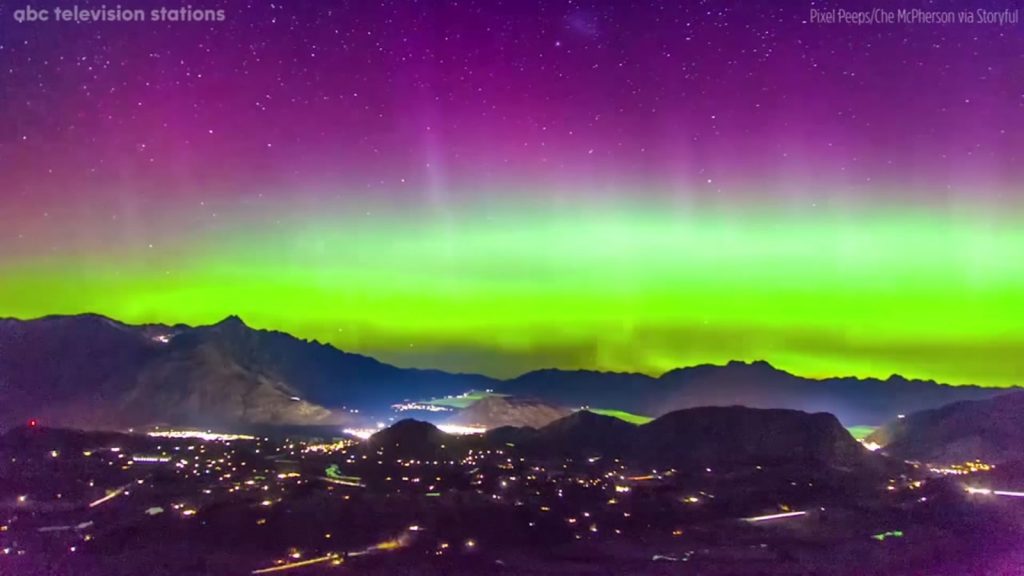
Figure 3. Southern Lights Put on Spectacular Show in New Zealand. Credited by: https://abc13.com/weather/southern-lights-put-on-spectacular-show/2054687
Egyptian Astronomy
Egyptians used gods to explain the world around them, similar to Greek and Roman cultures.6 Constellations for Egyptians were also based upon gods. Gods such a Ra, the sun god, was responsible for the creation of our world and sky.8 Egyptians believed that Ra moved the Sun disc around the Earth, making a full rotation every 24 hours, explaining day cycles.8
Egyptians went beyond the legend to explain astronomical phenomena. Traditionally, they built many structures that had astronomical significance. Buildings they made were based on the stars, with large temples and pyramids being constructed to align with the cardinal points (north, east, south, west).9 The pyramid of Giza, for example, has tunnels within pointing toward Sirius, a star marking the start of the Egyptian year.7 Other examples where buildings were constructed to face stars that signified the start of a harvest season.7
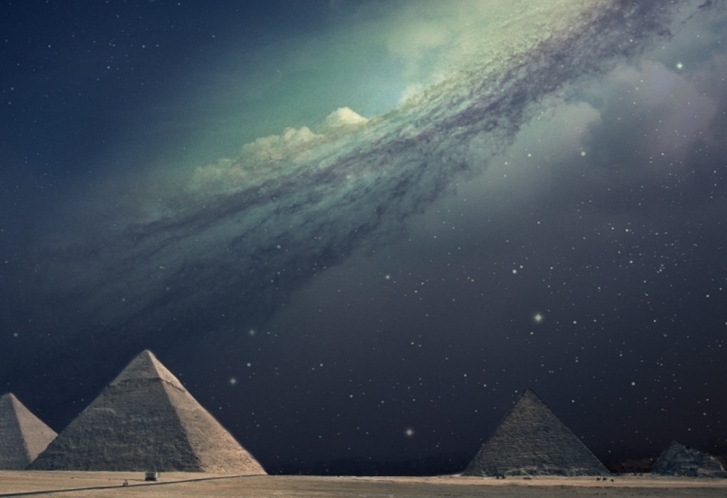
Figure 4. Ancient Egyptian Astronomers. Credited by: https://www.ancient-code.com/ancient-egyptian-astronomers-discovered-an-eclipsing-binary-star-3000-years-before-modern-astronomers/
The Egyptian calendar was a significant part of Egyptian astronomy because the modern era uses aspects of it today. It was the first calendar with a 365-day year. This calendar had 12 months, divided into 29 or 30-day months.7 The days were divided in 24 hours, 12
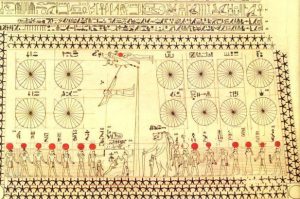
Figure 5. Wonders of Egypt. Credited by: https://egypttours2014.wordpress.com/tag/egyptian-calendar/
hours for day and night, using the patterns of the Moon.7 This calendar was also used to predict seasons and equinoxes.7 Although there were large flaws in their system, such as a month would lose a day every fourth year (no leap year), we continue to use a revised Egyptian calendar system to this day.
Asian Astronomy
In Asia, India is one of the countries that have astronomy incorporated into their everyday life. Interpreting the solar system has been present in the Hindu religion from its creation as it is associated with the Gods. In the Hindu religion, eclipses and comets passing through the sky are a sign from the Gods; they represent pandemics, earthquakes, and disastrous events for rulers. 13
In Hinduism, solar eclipses were associated with Rahu Keta, who is the serpent God. The story goes as follows; that Rahu, the serpent God, is fixated on eating the sun and moon, and he is successful once in a while, which results in a solar eclipse.14
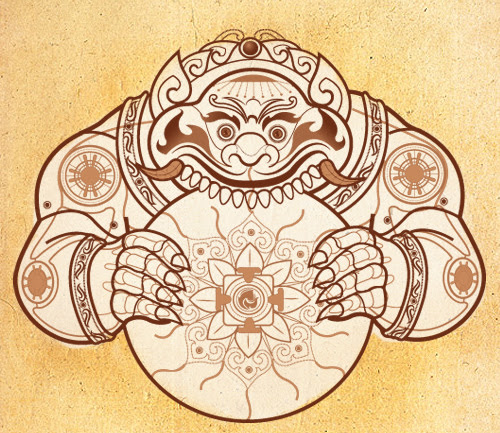
Figure 6. Rahu Katu Causing an Eclipse. Credited by: http://digitaliseducation.com/blog-post-20180925
In Hinduism Orion is a hunter.15 The story of Orion is that he was sitting on top of a tree waiting for a hunt, a beautiful dear. However, the dear was not killed after Orion and the dear cut a deal, that she would return to him after meeting her kid. After viewing this interaction, Lord Shiva is pleased with Orion and the dear due to their honesty and decency; hence as a reward, he transfers them to the heavens and that is where Orion and Taurus come from in Hinduism. 14
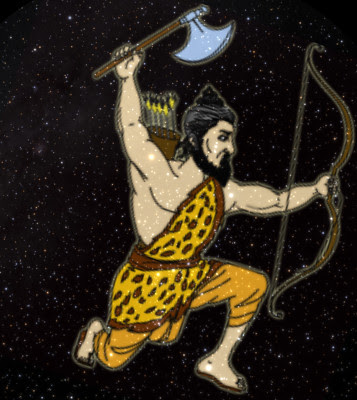
Figure 7. Orion Hunter. Credited by: http://digitaliseducation.com/blog-post-20180925
The Indian culture and Hinduism religion have covered just about every aspect of the solar system with stories and religious accounts to explain them to their generations in a way that carries forward the importance of religion and understanding of the solar system.
Conclusion
How did other cultures experience or understand astronomy differently and similarly to one another. How do these different cultures from around the world compare to modern-day understandings or experiences?
After exploring the different continents and cultures and their understanding of the solar system through various oral traditions, it can be concluded that every culture has a different way of perceiving the solar system. Some view the solar system as being an indicator or warning sign for dangerous events, while others believe it was the Gods/deities in the heavens. For example, we learned that the Romans also associated the Northern Lights with a new day believing them to be Aurora, the goddess of Dawn. 4 Also, constellations for Egyptians were also based upon gods. Gods such as Ra, the sun god, were responsible for the creation of our world and sky.8 Majority of the cultures have based their religions off of the solar systems and the myths and legends that were derived from it, and to this day hold those beliefs in high regard. These stories are passed down from generations, which also keeps the religion moving as well.
As for many of the cultures mentioned above, they built monuments, shrines, temples, and altars to align with lunar and/or solar solstices, lunar cycles, planetary alignment, constellations, etc. But here are some of the minute differences that were found. The Inca Empire built most, if not all their monuments based on the solstice and/or a lunar cycle. The Chaco Canyon had an intricate irrigation system and built their temples and caves around a cardinal point and the winter and summer solstices. The Greeks and the Romans believed the Northern lights (specifically Aurora’s) to be deeply embedded in mythology and oral tradition. The Dieri from New Zealand believed that the Aurora is a warning that someone is being punished for breaking traditional laws, which causes great fear. 11 They used this myth as social control in their society. Although the Egyptian culture is one of the oldest cultures ever recorded, they too had built pyramids and temples to align with stars as well as cardinal points but were the first culture to make a yearly calendar resembling our current day one. Their calendar had 12 months, varying between 29 to 30 days long, and days had a duration of 24 hours based on sun and moon patterns. Lastly, in Asian astronomy, specifically, the Indian culture and Hinduism religion have covered just about every aspect of the solar system with stories and religious accounts to explain them to their generations in a way that carries forward the importance of religion and understanding of the solar system from what was interrupted by their ancestors and gurus. All in all, all of the cultures that were discovered today, have great similarities and few differences. All these cultures have helped astronomers and astronauts further our knowledge of the solar system and our current day calendar cycle.
References
- J. Holbrook, Oxford Handbooks (2012). Retrieved March 10th, 2020. From DOI: 10.1093/oxfordhb/9780199571888.013.0016
- Stavinschi, Research Gate (2010). Retrieved March 18th, 2020. From https://www.researchgate.net/publication/258377393
- F.R. Stephenson and J.B. Zirker, Encyclopædia Britannica. From https://www.britannica.com/science/eclipse/Medieval-European
- User, The Aurora Zone (2015). From https://www.theaurorazone.com/about-the-aurora/aurora-legends
- Off the Map Travel (2018). From https://www.offthemap.travel/news/the-myths-behind-the-northern-lights/
- Munro, A., & Malville, J. (2011). Ancestors and the sun: Astronomy, architecture and culture at Chaco Canyon. (Accessed March 15th, 2020). From https://www.cambridge.org/core/journals/proceedings-of-the-international-astronomical-union/article/ancestors-and-the-sun-astronomy-architecture-and-culture-at-chaco-canyon/150F977118B39B0277381207C61D0707
- Exploratorium, (2004). (Accessed March 15th, 2020). From https://www.exploratorium.edu/chaco/HTML/canyon.html
- Bustard, W. (1999). Space, Evolution, and Function in the Houses of Chaco Canyon. Environment and Planning B: Planning and Design, 26(2), 219–240. (Accessed March 15th, 2020). From https://doi.org/10.1068/b4325
- Shuttleworth, M. Egyptian Astronomy. (n.d.). Retrieved March 16, 2020. From https://explorable.com/egyptian-astronomy
- Canadian History Museum, Egyptian Sciences. (n.d.). Retrieved March 16, 2020. From https://www.historymuseum.ca/cmc/exhibitions/civil/egypt/egcs03e.html
- Riordan, R. Meet the Egyptian Gods. (n.d.). Retrieved March 17, 2020. From http://rickriordan.com/extra/meet-the-egyptian-gods/
- Ancient Egyptian Astronomy. (n.d.). Retrieved March 17, 2020. From https://www.crystalinks.com/egyptastronomy.html
- NASA, NASA Gov Polar (2017). Retrieved March 10th, 2020 https://pwg.gsfc.nasa.gov/polar/EPO/auroral_poster/aurora_all.pdf
- Hamacher, The Conversation (2015). Retrieved March 10th, 2020 https://arxiv.org/ftp/arxiv/papers/1504/1504.04597.pdf
- D. Hamacher, The Conversation (2014). Retrieved March 10th, 2020 https://theconversation.com/stories-from-the-sky-astronomy-in-indigenous-knowledge-33140
- Stephanie Hall, Solar Eclipse: A Moment of Awe, Wonder, and Belief (2017). (Accessed 13 March 2020). From https://blogs.loc.gov/folklife/2017/08/solar-eclipse-awe-wonder-and-belief
- Mayank Vahia, Astronomical Myths in India (n.d). (Accessed 13 March 2020) From https://www.tifr.res.in/~archaeo/papers/Astronomy%20and%20Sanskrit%20literature/Astronomical%20Myths%20in%20India.pdf )
- John F. Blake, Astronomical Myths (1877). (Accessed 13 March 2020) From https://www.gutenberg.org/files/36495/36495-h/36495-h.htm#Page_225
- S. R. Gullberg, Cosmology 9, 2078
- R. Colgate, Archaeoastronomy in the New World: American Primitive Astronomy, 1st ed. (Cambridge University Press, Cambridge, 1982)
- M. Malville, Cosmology 9, 2106